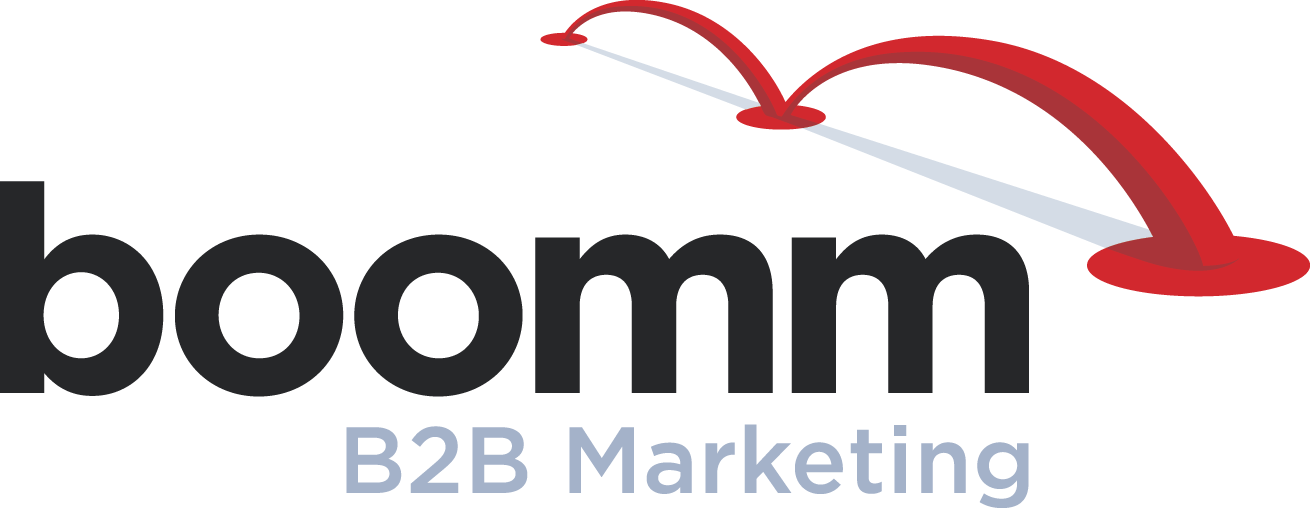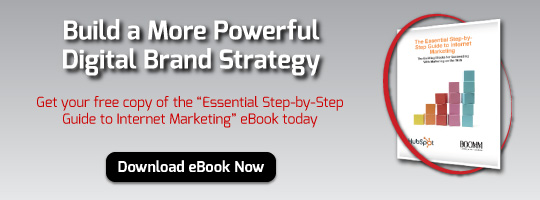B-to-B Internet Marketing: 4 Easy Steps to Optimize Your Website Visitors’ Experience
 As the leading search engine, and with no indication of relinquishing this position anytime soon, Google has always driven how marketers conduct SEO and search engine marketing (SEM), with its algorithm being the holy grail of how to get found online.
As the leading search engine, and with no indication of relinquishing this position anytime soon, Google has always driven how marketers conduct SEO and search engine marketing (SEM), with its algorithm being the holy grail of how to get found online.
B-to-B Internet marketing practitioners have tipped their hats to Google’s methods by optimizing off-page meta data and on-page content, nurturing “link love” with inbound links from external sources and otherwise trying to game the highly competitive ranking system for that coveted Page 1 appearance.
With its Penguin 2.0 update, Google continues to level the playing field for websites that provide real value to users. In a nutshell, Google is rewarding sites that offer a great visitor experience, featuring quality content and building white-hat links while avoiding sketchy SEO techniques.
So, how can your website provide the kind of experience that Google rewards? Focus on the needs of your user. Provide an educational-informative-entertaining-insightful destination that’s easy for your customer to find. Here’s how:
- Be Useful – Develop a formal content marketing plan, using your website pages, blog and landing pages to deliver information that makes it easier for your customers to get answers, make decisions and find solutions. Your plan should include a key topic or a few key topics around which you can build authority and thought leadership. More importantly, these topics should key directly into your target audience’s information needs.
- Be Simple – Make sure your website doesn’t get in the way of an easy, navigable online experience. Place your relevant content – and your call-to-action buttons – above the fold to make your offers easy to find and to encourage action. Organize information clearly and align it to the concerns of your audience.
- Be Findable – Optimize your on-page content, as well as your off-page meta data. Research your industry keywords, and select top search terms that you can rank for. Use a single, highly relevant keyword term on key pages of your site – then add that keyword to your page title, H1 header and in body copy, making sure to use it in natural, conversational language, without “keyword stuffing.” Use the keyword in an image file name and Alt tag too.
- Be Malleable – Your market doesn’t exist in a vacuum – neither should your website. Review strategic keywords regularly and track trending keywords in your industry. Support a dynamic site with real-time content updates. Blog often – statistics show that B2B businesses who blogged just 16 to 20 times per month got 3 times more leads than those who didn’t blog.



